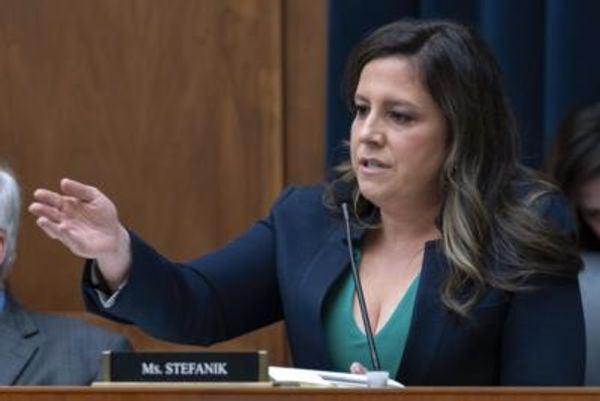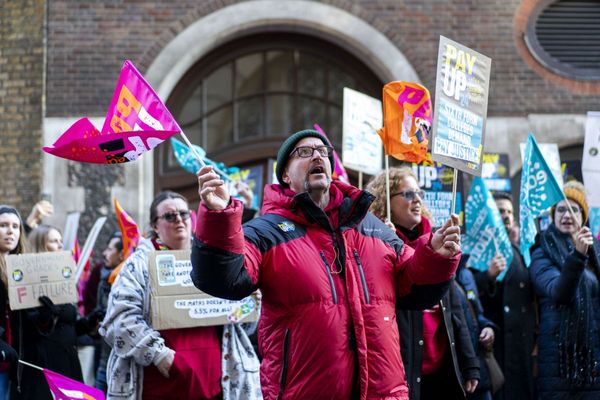
Reading the headlines, it would be easy to conclude that coal is dead. The International Energy Agency (IEA) estimates the most polluting fossil fuel to be responsible for nearly one-third of global warming, and it is now struggling to attract financing and compete with cheaper alternatives. This month, the world’s biggest mining group, BHP, announced plans to phase out mining coal for electricity generation. COVID-19 has added to coal’s woes. Yet hundreds of new coal power plants are still being built, leading U.N. Secretary-General António Guterres last month to urge nations to stop coal financing. Many have pledged to do so, as have a growing number of financial institutions.
But the problem is that even if nations heed Guterres’s call—itself a steep hill to climb—far too little attention is being paid by governments and environmentalists to the coal plants that already exist. Even if not a single additional coal plant is built, the world will fall short of its climate goals if existing coal plants run to the end of their normal life spans without curbs on their emissions. For governments working to combat climate change, developing a feasible and affordable plan to finance a transition of today’s existing fleet of coal power plants must be a more urgent priority.
The outlook for coal is certainly getting bleaker. New renewable energy generation is cheaper for power producers than new coal generation in much of the world. This is starting to be true even without subsidies and including the cost of backup power plants, which are required since the wind does not always blow nor the sun always shine. In the past decade, the costs of solar power and batteries have fallen by 85 percent and wind power by nearly 50 percent. In the United States, renewable energy consumption surpassed coal last year for the first time in 130 years. In Britain, the power grid just ran for more than two months without any electricity produced from coal for the first time in 138 years.
Despite all this progress, there are still nearly 400 new coal plants under construction around the world and almost 700 additional ones proposed. China approved more new coal-fired power capacity through May of this year than in all of 2019, and much more is being planned. And more than 40 percent of China’s global lending for power projects through its Belt and Road Initiative in 2018 was for coal—although some recipient countries are expressing concern.
There is growing recognition among policymakers that building new coal plants is inconsistent with combating climate change. The single largest source of greenhouse gas emissions is coal-fired electricity generation, and two-thirds of the world’s coal is used to produce electricity. (Most of the rest is used to make iron and steel.) The falling cost of renewable energy makes this goal increasingly feasible. Indeed, renewables made up the largest increment to global power generation in 2019 by far. Growing evidence about the public health harms from burning coal is also adding to the pressure to reduce coal use, especially in emerging markets.
The problem is that it’s not enough to stop building new coal plants. Most carbon dioxide remains in the atmosphere for hundreds of years, so emissions are cumulative. Even if all the new power plants in the world were zero-carbon starting tomorrow, the IEA projects that emissions from existing coal-fired power plants would use up most of the remaining carbon budget consistent with hitting the stringent climate goals in the Paris agreement. Solving this problem thus requires much greater focus on phasing out emissions from existing coal plants.
Phasing out emissions from the existing coal fleet faces steep challenges. First, the market forces unleashed by cheap natural gas and the improved economics of renewables that drove the retirement of old coal power plants in the United States won’t be sufficient to do so for most of the world’s coal fleet. The average age of the remaining U.S. coal plants is 46 years. In Asia’s developing economies, it is only 12 years. Globally, 60 percent of all coal power plants are younger than 20 years.
Second, investors counting on recouping their investments in coal plants will oppose early retirement given the relatively young age of most plants. According to the IEA, more than $1 trillion of capital invested in the existing coal fleet has yet to be recovered, mostly in Asia. Moreover, many of the assets are owned by state-owned companies, especially in China, and they do not respond to economic incentives in the same way private investors do.
Third, for nations like India that might otherwise depend on imported fuels, such as liquefied natural gas, domestically produced coal is embraced partly because it is perceived to enhance energy security.
Fourth, existing coal plants can produce very cheap power, which make them particularly attractive for supplying the 840 million people around the world who still lack electricity. Nations in sub-Saharan Africa, where most of those people live, understandably balk at the notion that they should sacrifice access to reliable and affordable electricity and forgo economic development. Fortunately, the dramatic fall in the cost of producing renewable energy is rapidly undermining the economic case for coal as the cheapest source of electricity. In places with existing coal plants, however, long-term contracts and regulated electricity prices often pose a barrier to switching away from coal even when doing so would be economical.
Fifth, coal supplies nearly 40 percent of the world’s electricity, and there are practical limits on how quickly that could be replaced or retrofitted. Consider that 2018 was the best year in history for the growth of renewable energy generation in China—but the total volume was still just 3 percent of the power generated from coal. The challenge becomes even more daunting if electricity use rises, which will be required to electrify sectors that use hydrocarbons today, such as cars, trucks, and residential heating.
Finally, coal is an important source of jobs in many countries, and thus phasing it out faces huge political objections. Roughly half a million people work as coal miners in India, for example, and many more are indirectly employed. Indian Railways is the largest civilian employer in India, and coal provides nearly half of the firm’s freight revenue. Preserving the jobs associated with the production, transport, and burning of coal will be an even stronger imperative in many countries suffering economically due to COVID-19.
Recent experience in Europe, where the political will to combat climate change is greatest, demonstrates how difficult it will be to overcome these challenges. Germany, Europe’s largest coal consumer, announced plans to phase out its coal plants—but not until 2038, even though the average age of the German plants is about 30 years. And the German government still had to offer 40 billion euros ($45 billion) in compensation to regional governments, companies, and workers. More recently, lawmakers in Brussels faced backlash when they slashed the amount earmarked in a massive green stimulus package for coal-dependent states like Poland.
To overcome these challenges and provide an economically and politically viable pathway to curbing emissions from existing coal-fired power plants, policymakers should take five steps.
First, they should build mechanisms into domestic climate policies to allow investors to monetize the value of carbon reductions, such as through tradable carbon credits. Leveling the playing field between carbon-free and carbon-intensive energy sources creates incentives to replace coal with lower-carbon energy or use existing coal plants only intermittently to back up solar and wind energy or otherwise meet periodic spikes in demand.
Second, governments should develop financial instruments, such as low-cost debt refinancing, to help make the owners of coal plants whole if they choose to retire plants. Preferential financing can also change the investment decisions of state-owned companies.
Third, policymakers need to create incentives to retrofit existing coal plants with technology to capture and store the plant’s emissions, such as a carbon price, emissions caps, or direct subsidies. Retrofitting coal with carbon capture and storage can be a cost-effective option in some cases and also makes it possible for countries that are heavily dependent on coal—such as China, India, and countries in Southeast Asia—to continue using coal even while transitioning to low-carbon power generation. Doing so may be more politically acceptable and also lowers the cost of decarbonization compared with relying solely on intermittent renewable energy plus the necessary backup storage or other carbon-free capacity.
Fourth, policymakers need to invest far more in economic development and diversification to help coal-dependent communities and regions, which makes both good economic and political sense. This includes technical assistance, retraining, infrastructure investment, and direct financial payments to local governments, workers, and firms.
Fifth, wealthy nations in North America and Europe need to provide poor countries with direct financial assistance and access to subsidized credit so they can retire coal plants and build clean energy. Rich countries should also hold China accountable for subsidizing coal projects through its Belt and Road Initiative. After all, most of today’s carbon emissions in the atmosphere come from the aging coal plants that industrialized nations have run for decades.
When it comes to climate change, the law of holes—if you find yourself in one, stop digging—only gets you so far. Despite years of activist pressure and government pledges, nations are still building coal-fired power plants, the largest source of emissions. Yet even if that were to change, as it must, the emissions from existing plants still mean there’s no chance of meeting the world’s climate targets. This reality deserves far more attention, with international climate diplomacy and policy efforts focusing far more on developing financially and politically viable plans to curb emissions from the world’s existing coal plants.







